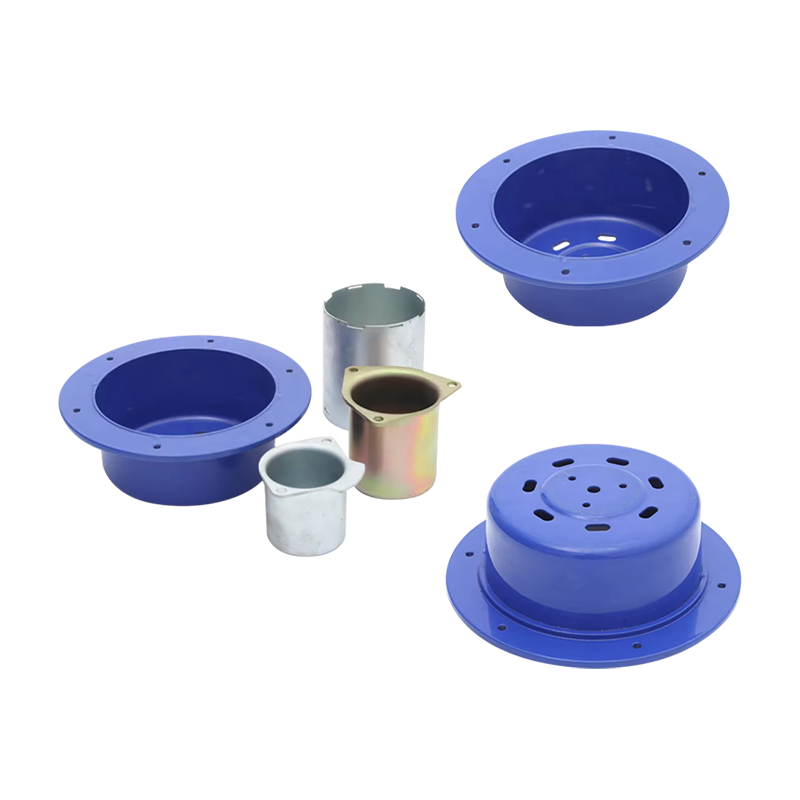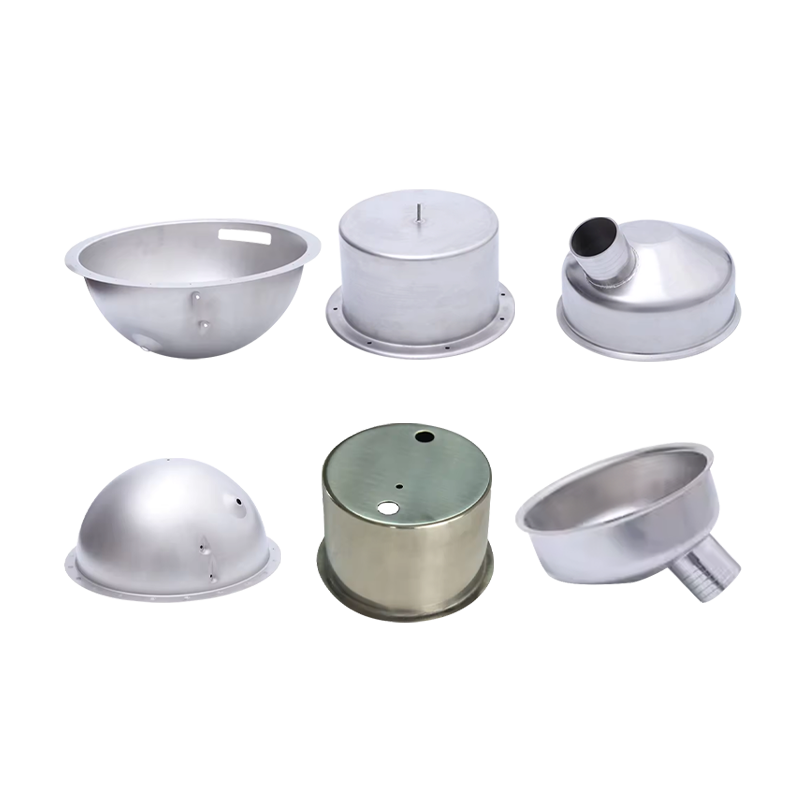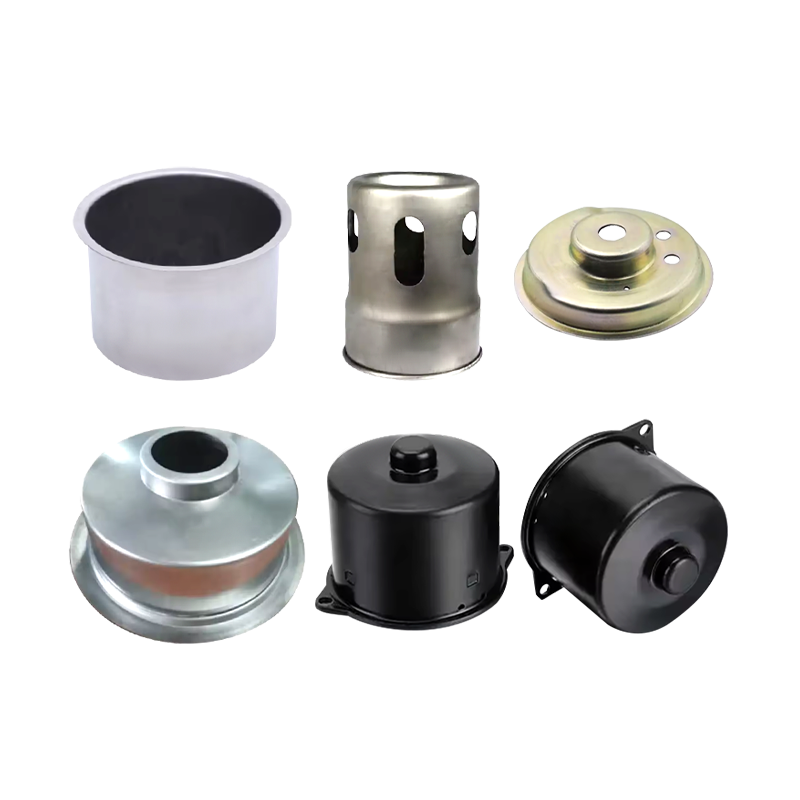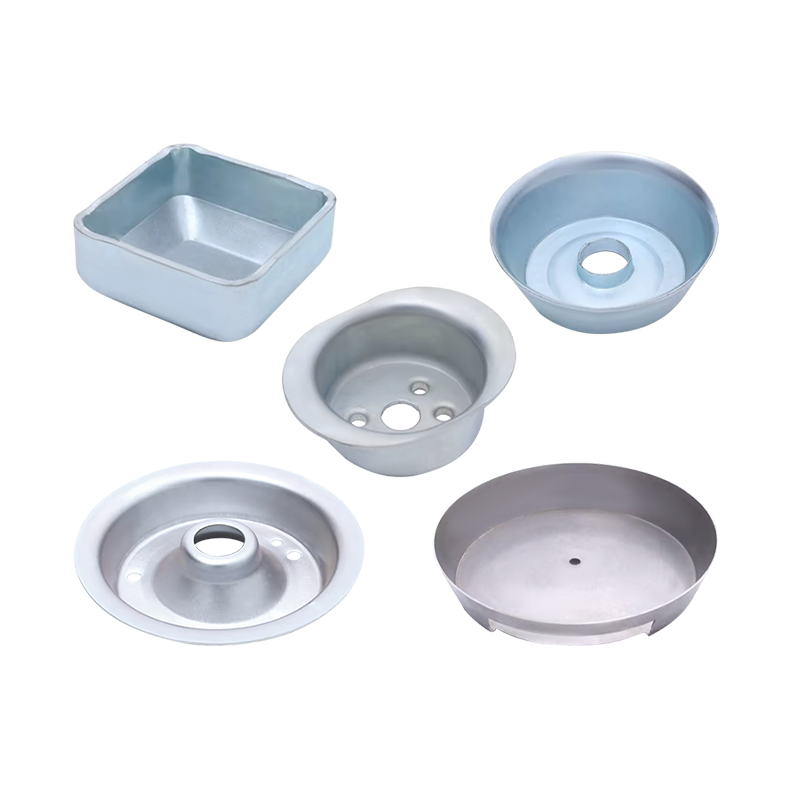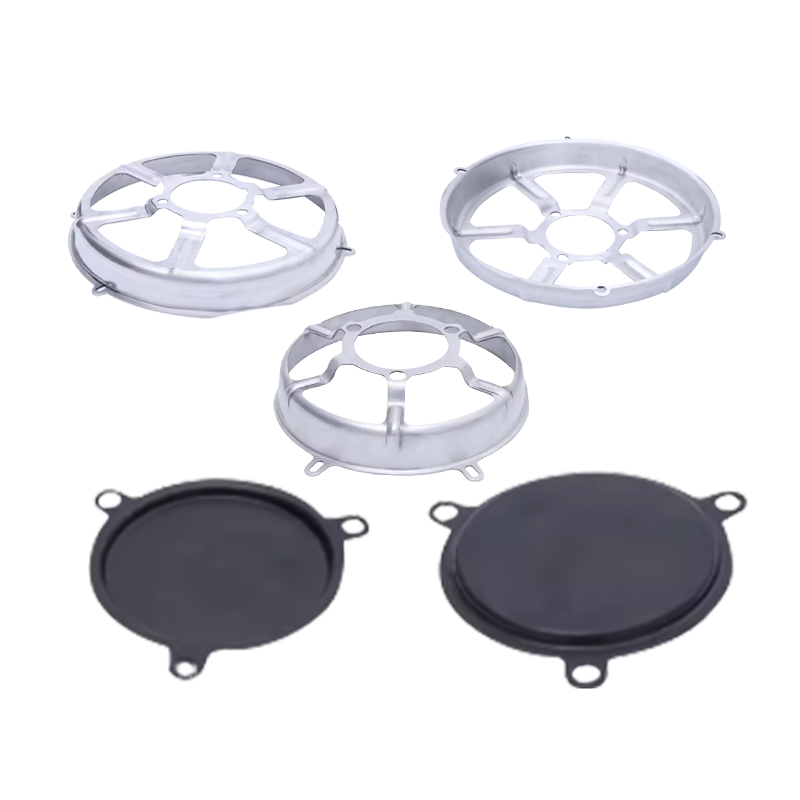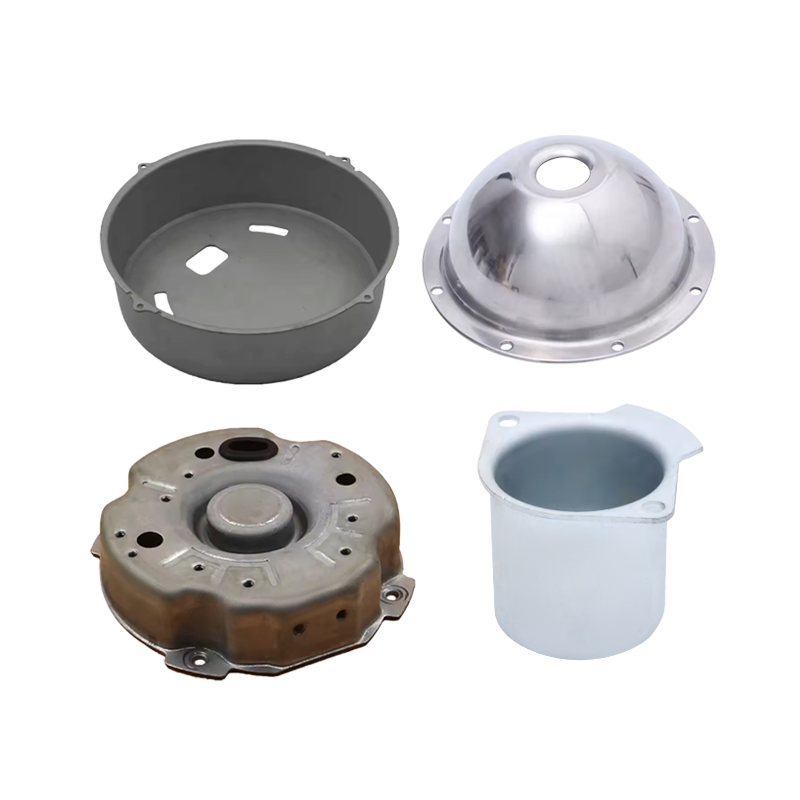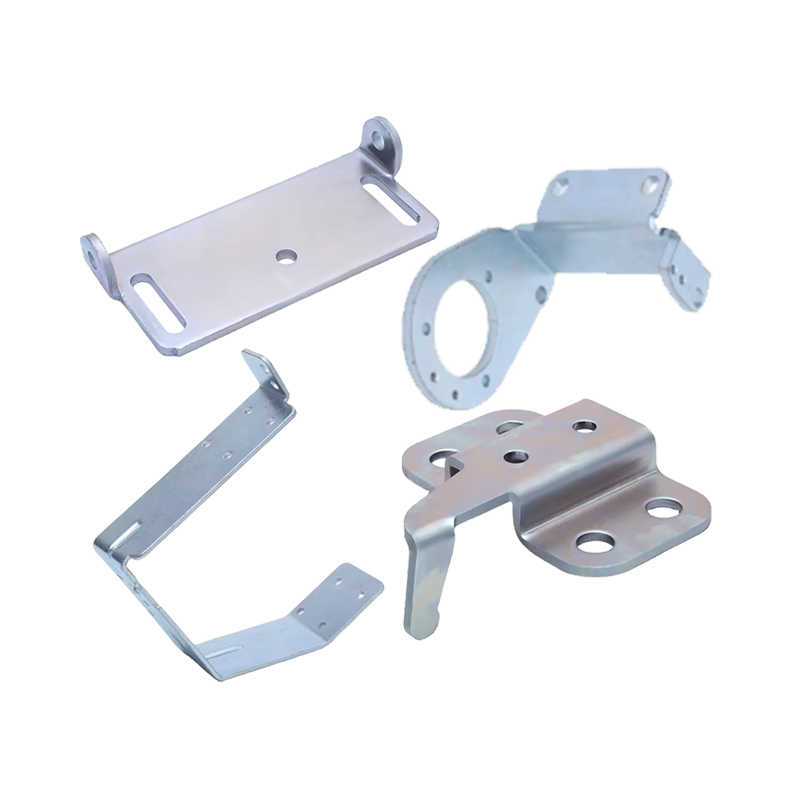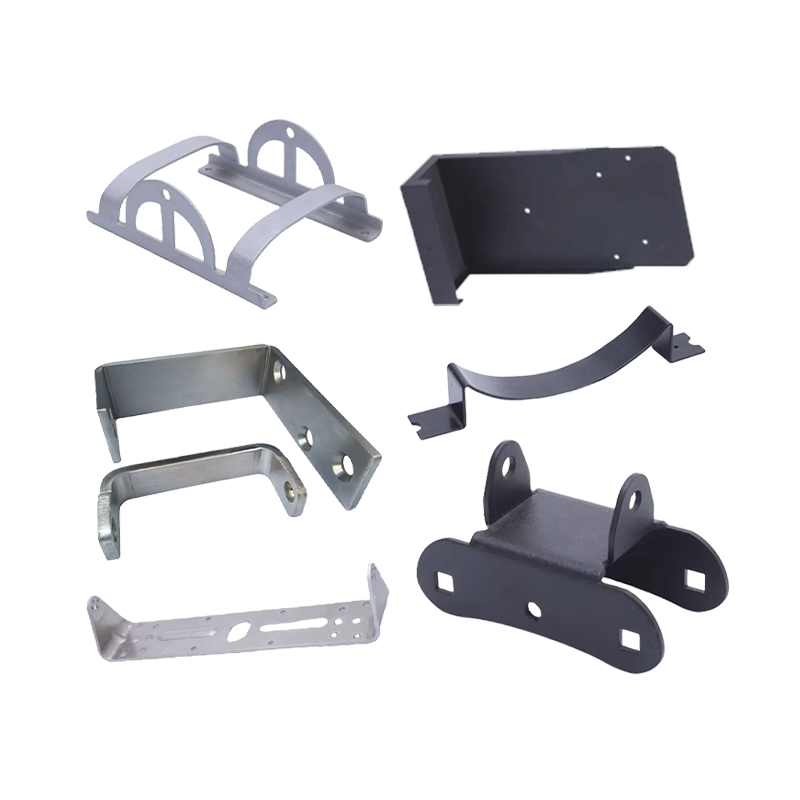Web Menu
Product Search
Exit Menu
News categories
RECENT POSTS
-
Paying Equal Attention to Accuracy and Stability, How Does 2025 Industrial Metal Parts Meet Cross-Border Procurement Needs?
Nov 17,2025 -
Guide to Selecting 304 Stainless Steel Pig Water Bowls: A Comprehensive Breakdown of Corrosion Resistance and Easy-Cleaning Key Points
Nov 14,2025 -
Which stainless steel custom sheet metal fabrication processes ensure corrosion resistance and strength?
Nov 07,2025 -
Pallet Feet: Plastic or Metal? How to Match Pallet Load Capacity to Avoid Damage?
Oct 31,2025 -
What Surface Preparation Is Needed Before Applying Powder Coated Steel Parts? Step-by-Step Guide
Oct 24,2025
Paying Equal Attention to Accuracy and Stability, How Does 2025 Industrial Metal Parts Meet Cross-Border Procurement Needs?
In the global industrial chain, the demand for high-quality industrial metal parts continues to grow, with cross-border procurement becoming an indispensable link for manufacturers worldwide. As we enter 2025, the requirements for industrial metal parts have become more stringent—accuracy and stability are no longer optional but core prerequisites for winning cross-border orders. Whether for automotive manufacturing, machinery production, or electronic equipment assembly, overseas buyers prioritize parts that can maintain consistent performance in diverse application scenarios while adhering to international standards. But how do 2025 industrial metal parts balance precision and stability to meet the complex needs of cross-border procurement? We explore the key questions behind their market adaptability.
Content
- 1 What material selection standards ensure the stability of 2025 industrial metal parts in cross-border applications?
- 2 How does precision manufacturing technology of 2025 industrial metal parts meet overseas accuracy requirements?
- 3 What compatibility advantages make 2025 industrial metal parts adapt to cross-border assembly systems?
- 4 How do quality traceability and certification of 2025 industrial metal parts gain cross-border trust?
- 5 What supply chain support ensures the timeliness of 2025 industrial metal parts in cross-border procurement?
What material selection standards ensure the stability of 2025 industrial metal parts in cross-border applications?
Material is the foundation of industrial metal parts’ stability, and 2025 products adhere to strict selection criteria to meet the diverse environmental and operational demands of cross-border markets. How does material selection support stable performance across borders? First, high-purity base metals (such as carbon steel, stainless steel, aluminum alloy, and titanium alloy) are preferred, with strict control over impurity content—this reduces the risk of material fatigue, corrosion, or deformation in extreme conditions, such as high temperatures in automotive engines or humid marine environments. Second, advanced surface treatment technologies (including galvanization, anodization, and chemical plating) enhance corrosion resistance and wear resistance, ensuring parts maintain structural integrity in regions with harsh climates (such as coastal areas with high salt spray or industrial zones with heavy pollution). Additionally, material compatibility with international standards is critical: 2025 industrial metal parts comply with material specifications such as ASTM (US), DIN (Germany), and JIS (Japan), ensuring consistency with the materials used in overseas manufacturers’ production lines. This rigorous material selection eliminates the uncertainty of cross-border application, laying a solid foundation for stable performance.
How does precision manufacturing technology of 2025 industrial metal parts meet overseas accuracy requirements?
Accuracy is a core competitiveness of industrial metal parts in cross-border procurement, as even minor deviations can lead to assembly failures or equipment malfunctions. How do 2025 industrial metal parts achieve the high precision demanded by overseas buyers? First, advanced manufacturing equipment such as CNC machining centers, laser cutting machines, and 3D printing technology are widely adopted, enabling machining accuracy to reach micron-level standards (typically ±0.005mm for key dimensions). This ensures that parts can seamlessly fit with overseas manufacturers’ existing components, reducing assembly time and error rates. Second, strict quality control systems are implemented throughout the production process: coordinate measuring machines (CMM) and optical inspection equipment conduct 100% inspection of key dimensions, while statistical process control (SPC) monitors production fluctuations in real time, preventing defective products from entering the supply chain. Additionally, customized precision solutions are offered for different industries—for example, aerospace parts require ultra-high precision to withstand extreme pressure, while electronic equipment parts need miniaturized precision to adapt to compact designs. This targeted precision manufacturing aligns with the diverse accuracy needs of cross-border procurement, enhancing product competitiveness.
What compatibility advantages make 2025 industrial metal parts adapt to cross-border assembly systems?
Cross-border procurement requires parts to be compatible with diverse assembly systems and technical standards of overseas manufacturers—how do 2025 industrial metal parts achieve this versatility? First, compliance with international dimensional standards is fundamental: parts are designed and manufactured according to ISO (International Organization for Standardization) specifications, ensuring interchangeability with parts from different countries. For example, threaded parts adopt unified thread standards (such as metric threads for European markets and UNC/UNF threads for North American markets), eliminating assembly mismatches. Second, modular design is widely applied, allowing parts to be combined with different components according to specific application needs—this flexibility is highly valued by overseas manufacturers who often adjust production lines for multi-product manufacturing. Additionally, compatibility with digital production systems is considered: 2025 industrial metal parts are labeled with detailed digital information (such as 3D models, material certificates, and inspection reports) that can be integrated with overseas manufacturers’ MES (Manufacturing Execution System) and ERP (Enterprise Resource Planning) systems, streamlining procurement, inventory management, and assembly processes. This high level of compatibility reduces the cost and risk of cross-border cooperation, making the parts a preferred choice for global manufacturers.
How do quality traceability and certification of 2025 industrial metal parts gain cross-border trust?
In cross-border procurement, quality transparency and certification are key to building trust between buyers and suppliers—how do 2025 industrial metal parts address this need? First, a full-life-cycle traceability system is established: each batch of parts is assigned a unique identification code, enabling tracking of raw material sources, production processes, inspection records, and logistics information. Overseas buyers can easily verify the quality of parts through the traceability system, ensuring accountability for any quality issues. Second, compliance with international quality certifications is mandatory: parts meet standards such as ISO 9001 (quality management system), ISO 14001 (environmental management system), and IATF 16949 (automotive industry quality management system), which are widely recognized in global industrial markets. For high-demand industries such as aerospace and medical equipment, parts also obtain specialized certifications (such as AS9100 for aerospace and ISO 13485 for medical devices), demonstrating compliance with industry-specific requirements. Additionally, third-party inspection reports from authoritative institutions (such as SGS, TÜV, and Intertek) are provided to overseas buyers, offering objective verification of product quality. These traceability and certification measures eliminate information asymmetry in cross-border procurement, building strong trust between suppliers and buyers.
What supply chain support ensures the timeliness of 2025 industrial metal parts in cross-border procurement?
Timeliness is a critical factor in cross-border procurement, as delays in part delivery can disrupt overseas manufacturers’ production schedules—how do 2025 industrial metal parts guarantee supply chain efficiency? First, optimized production planning and inventory management are implemented: based on global market demand forecasts, manufacturers maintain appropriate safety stock for commonly used parts, while adopting flexible production lines to shorten lead times for customized orders (typically 7-15 days for standard parts and 15-30 days for customized parts). Second, strategic logistics partnerships are established with international logistics companies, offering multiple transportation options (such as air freight for urgent orders and sea freight for large batches) to meet different delivery time requirements. Additionally, compliance with international trade regulations is ensured: all export documents (such as commercial invoices, packing lists, and certificates of origin) are accurately prepared, and parts meet import requirements such as customs clearance standards and tariff classifications of target markets. For regions with complex trade policies, manufacturers also provide professional trade consulting services to help overseas buyers navigate regulatory barriers. This comprehensive supply chain support ensures that 2025 industrial metal parts are delivered on time and smoothly, meeting the time-sensitive needs of cross-border procurement.
Guide to Selecting 304 Stainless Steel Pig Water Bowls: A Comprehensive Breakdown of Corrosion Resistance and Easy-Cleaning Key Points
Which stainless steel custom sheet metal fabrication processes ensure corrosion resistance and strength?
related products
Whether you want to become our partner or need our professional guidance or support in product selections and problem solutions, our experts are always ready to help within 12 hours globally
contact UsPhone:+86 139-5824-9488
FAX :+86 574-86150176
E-mail: [email protected] [email protected]
Address: Unit 2, Building 19, Zhichuangzhizao Park, Chengdong Industrial Zone, Xiangshan, Ningbo,315705, Zhejiang, China

 English
English 中文简体
中文简体 Español
Español